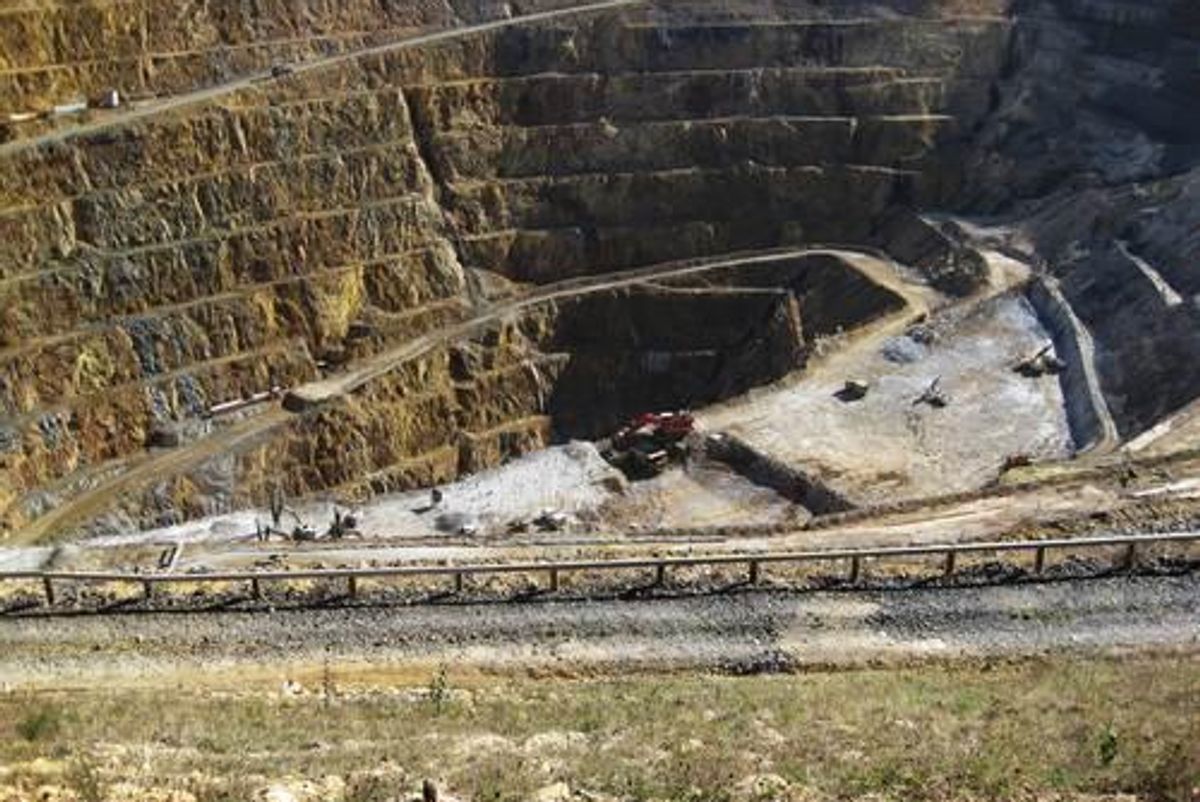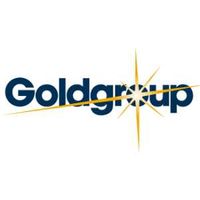Quebec’s Cadillac Gold Trend Rich with Opportunity

Renewed interest in past producers is fueling a mining resurgence along the Cadillac gold trend in the heart of the Abitibi greenstone belt — home to some of Canada’s largest gold producers.
Located in the heart of the Abitibi greenstone belt, Quebec’s Cadillac gold trend has a storied history as a prolific mining hub for the past century, producing more than 50 million ounces of gold to date.
Despite the long history of extraction, the area is far from tapped out as deposits are still being found and developed. Recently, the historic area has seen something of a renaissance as resource companies look to redevelop past-producing mines with significant potential.
Quebec’s reputation as a mining jurisdiction
The high number of exploration and development projects located in Quebec, including the Cadillac trend, are reflective of the province’s increasing leadership in the mining sector. According to the Fraser Institute’s annual rankings for 2018, Quebec was the fourth-best mining jurisdiction in terms of investment attractiveness.
Among the Canadian provinces, only Saskatchewan topped Quebec in the rankings. The Fraser Institute’s data shows that Quebec is one of the top jurisdictions in the world for mining due to mining-friendly policies, low-cost utilities, ease of obtaining permits and high-quality infrastructure.
The Cadillac gold trend and Abitibi greenstone belt
Spanning the border between Quebec and Ontario, the Abitibi is one of the most prolific areas for base metals and gold production in the world. The belt, which spans 650 kilometers with a width of 150 kilometers, is one of the largest Archean greenstone belts on Earth. Some of the largest base metal and gold deposits on Earth can be found within the Abitibi. The area is rich in gold, nickel, copper, zinc and diamonds, which have been mined for the past hundred years resulting in over 100 mines that have produced more than 180 million ounces of gold.
The Abitibi belt is home to some of Canada’s largest producers, both past and present. Among these is the largest producing gold mine in Canada, Canadian Malartic, which produced 334,596 ounces of gold in 2019. One of the earliest mines in the region, the Hollinger mine, produced 9.3 million ounces of gold between 1910 and the mine’s closure in 1968. The project has since been converted into an open-pit mine by Goldcorp (TSX:G,NYSE:GG) in 2016. The Abitibi’s Dome mine also operated for over 100 years from 1909 to 2016, producing 65 million ounces.
The portion of the Abitibi known as the Cadillac gold trend extends from the city of Val-d’Or approximately 25 kilometers west of Rouyn-Noranda. Prospecting in the area surrounding the Cadillac trend began as early as 1907, with the first gold discovered in 1917. The area has been continuously mined at varying levels throughout the 20th century. In the late 1990s, new mines were discovered along the belt, revitalizing interest in mining in the area. By the mid-2000s, mining companies returned to old mines using modern methods, kicking off the resurgence that continues to this day, restoring the Cadillac’s status as a world-class mining site.
In pursuit of the area’s rich resources, a number of exploration companies are searching for new opportunities in the rich Abitibi region. Along the Larder Lake Caddilac Break, Radisson Mining Resources (TSXV:RDS) has embarked on an extensive drill program at the company’s wholly-owned O’Brien gold project. The company recently announced the initial results of its 2020 drill program, which includes approximately 60,000 meters of drilling.
Cadillac gold trend exploration efforts
There are many advantages to mining in Quebec’s Cadillac gold trend. Drawn by the jurisdiction’s rich history of gold exploration, existing infrastructure and supportive government policies, QMX Gold (TSXV:QMX) has collected an underexplored land package in the Abitibi greenstone belt. The company’s 200 square kilometer land package is strategically located within the Val d’Or Mining Camp, including 479 mining claims that have been divided into four zones, the East zone, the Bourlamaque zone, the Southwestern zone and the Central zone. QMX Gold also owns the Aurbel mill, which is located 15 kilometers east of Val d’Or with rail and road access. Under a recent option agreement, QMX Gold has maintained access to the mill while providing O3 Mining Inc. an option to purchase it for $5 million.
In February 2020 QMX Gold announced the results of a reconnaissance drilling program on the River target within the Bourlamaque zone. Highlights from the program included 38.7 g/t gold over 3.5 meters and 34.9 g/t gold over 3.0 meters. “We are thrilled with the results from the Fall 2019 drilling program on the River Target, which exceeded our expectations this early in the program. We are particularly encouraged by the grades relatively close to surface,” said Brad Humphrey, President and CEO. “We continue to be impressed with the drilling to date across our entire land package in the Val d’Or East area. The success of our drilling campaigns since restarting our exploration work is a testament to our strong exploration team and our highly prospective land package.” The company recently announced the resumption of its 2020 drill program, which is expected to contribute to an upcoming updated NI 43-101 resource at the company’s Bonnefond deposit.
Takeaway
Quebec’s Cadillac gold trend and the Abitibi greenstone belt as a whole remain active with gold and base metals exploration. The province’s mining-friendly government and the Abitibi’s status as home to some of the world’s largest deposits have made the area one of the most important centers of mining activity in Canada. Despite its long history of production, the Cadillac region remains open to expansion with significant potential for future discoveries.
This article was originally published by the Investing News Network in June 2020.
This INNSpired article was written as part of an advertising campaign for a company that is no longer a client of INN. This INNSpired article provides information which was sourced by INN, written according to INN's editorial standards, in order to help investors learn more about the company. The company’s campaign fees paid for INN to create and update this INNSpired article. INN does not provide investment advice and the information on this profile should not be considered a recommendation to buy or sell any security. INN does not endorse or recommend the business, products, services or securities of any company profiled. If your company would benefit from being associated with INN's trusted news and education for investors, please contact us.




